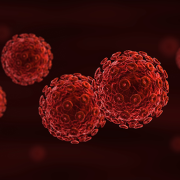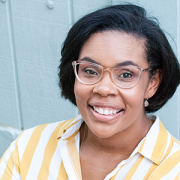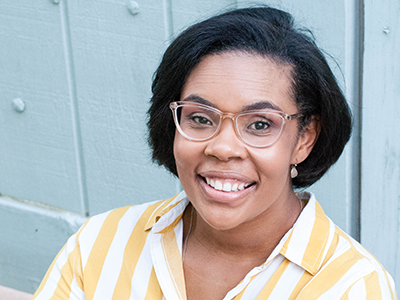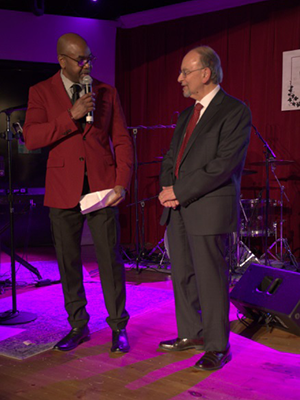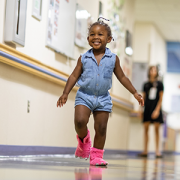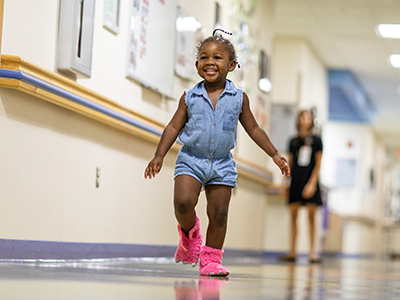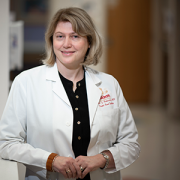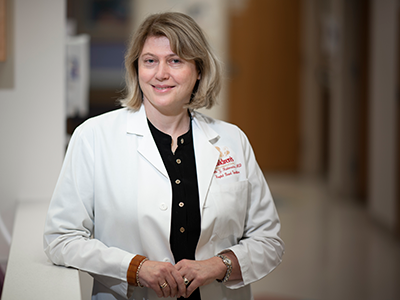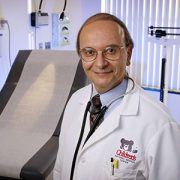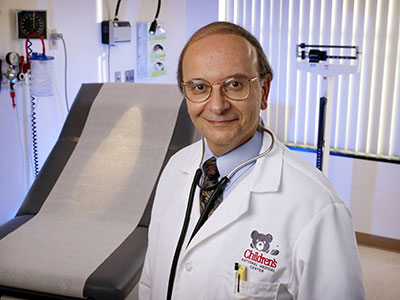CRISPR gene editing identifies possible drug targets for HIV
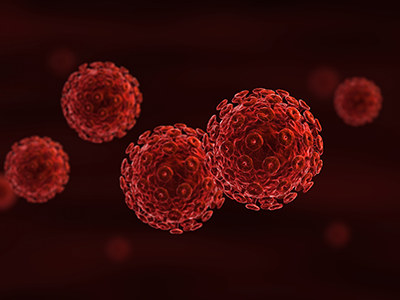
Working with researchers at Johns Hopkins University, the Children’s National team used CRISPR gene technology to test drug targets that find and attack latent HIV, paving the way for drug treatments that may someday completely cure the virus.
Researchers at Children’s National Hospital have identified several new drug targets that may enhance the elimination of latent HIV in patients, a major bottleneck to the full treatment of the virus, according to new findings published in Science Translational Medicine.
Working with researchers at Johns Hopkins University, the Children’s National team used CRISPR gene technology to test drug targets that find and attack latent HIV, paving the way for drug treatments that may someday completely cure the virus. Currently, anti-retroviral therapies (ARTs) can only slow its progress.
Why we’re excited
“In less than one month, we were able to use CRISPR to test 20,000 gene candidates in one single experiment. It was an amazing application of the technology,” said Wei Li, Ph.D., a co-author of the study and assistant professor at the Center for Genetic Medicine Research at Children’s National. “The CRISPR technology provides a global, unbiased approach to understanding molecular aspects of HIV-1 infection, including the ways that HIV-1 enters cells and replicates. This research could someday revolutionize how we treat the virus pharmaceutically.”
The big picture
More than 30 million people worldwide live with HIV-1, the most common form of the virus that can eventually lead to AIDS. But no single agent can entirely eliminate HIV-1 in these patients.
Researchers have sought ways to attack this elusiveness and turned to the CRISPR gene-editing tool, which can locate specific bits of DNA inside a cell. They trained CRISPR screens on the HIV-1 genome to identify critical factors that allow or prevent the virus from lying latent. In the latter case, these pieces of DNA will be the ideal targets of a drug that will push the virus out of the latent stage so it can be targeted by therapies.
What’s ahead
The findings of the Children’s National and Johns Hopkins scientists point to novel drug therapies and validation systems that could someday eradicate HIV.
Bicna Song, a postdoctoral researcher in Li’s laboratory at the Center for Genetic Medicine, said that reversing HIV-1 latency will allow for the killing of infected cells and give researchers opportunities to actually cure patients with HIV.
“So far, no single latency-reversing agent – alone or in combination with another drug – has been shown to effectively reduce the latent reservoir size in persons living with HIV-1,” said Song, who contributed to the study. “With this work, we are meeting the urgent need to identify factors that can lead to new drug targets.”


